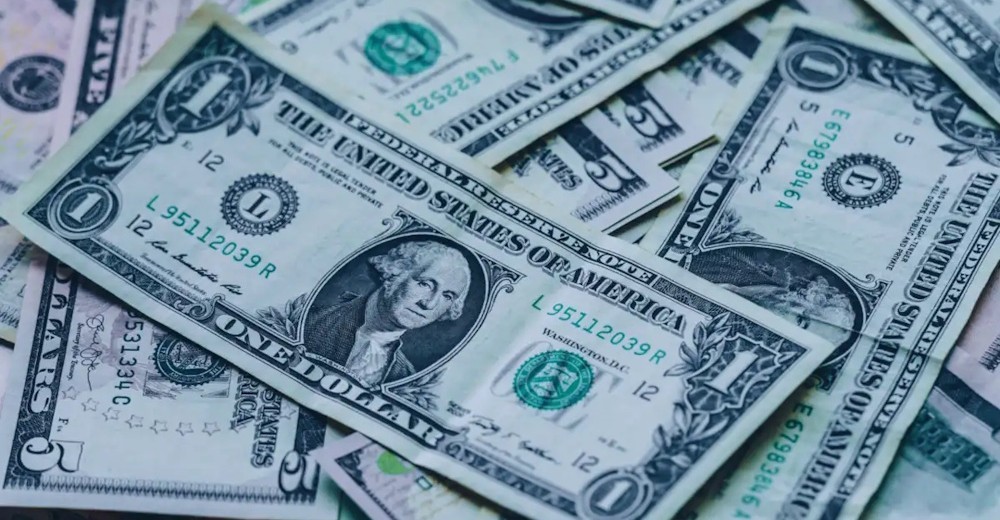
The U.S. dollar experienced an increase, reaching its highest level in over two months during early Asian trading on Wednesday. This rise comes as concerns regarding a potential U.S. government shutdown escalated, leading to heightened investor anxiety and an increased demand for safe-haven assets. The dollar index, which assesses the strength of the greenback against a basket of six currencies, increased by 0.3% to reach a peak of 98.91, marking its highest level since August 5, following U.S. President Donald Trump’s threats of mass firings of federal workers amid the ongoing standoff.
“With no resolution to the government shutdown in sight, sentiment in financial markets deteriorated,” stated analysts. As the shutdown progresses into its second week, current estimates indicate that the likelihood of resolution within the upcoming week is at 26%, based on data. The kiwi dollar experienced a decline of up to 1%, reaching lows of $0.5739, after the Reserve Bank of New Zealand caught the market off guard with a more significant-than-anticipated 50-basis-point interest rate cut and indicated further easing in response to the recent downturn in economic data. “The market only had a 30% chance of the RBNZ cutting by 50 basis points today,” stated Joseph Capurso, which accurately predicted a 50 basis point cut today. “The decline of the kiwi was a foregone conclusion.” The currency may experience further declines as the London market commences trading in a few hours, he noted. “There is a significant probability that it may decline below 57 cents.”
The Australian dollar experienced a decline of 0.4%, trading at $0.65595. Against the yen, the dollar was trading at 152.535 yen, reflecting a 0.4% increase from late U.S. levels and maintaining its position near the strongest level since February, as investors assess the implications of Sanae Takaichi’s economic policy settings. Takaichi’s unexpected victory in the ruling party’s leadership election over the weekend has raised questions among investors. As the new prime minister of Japan, the protégé of the late Shinzo Abe may implement stimulus policies reminiscent of his predecessor, potentially boosting stock markets while keeping the yen vulnerable. Precious metals markets achieved new peaks as investors turned to safe havens, with spot gold prices surpassing the $4,000 per ounce mark. “Uncertainty regarding the global economy remains a significant factor, and the U.S. government shutdown is not contributing positively to sentiment,” analysts stated.
The yield on the benchmark 10-year Treasury bond increased to 4.1307%, in contrast to its U.S. closing rate of 4.127% on Tuesday. The Federal Reserve is anticipated to reduce interest rates later this month, as Fed funds futures indicate a 94.6% likelihood of a 25-basis-point cut, based on the reports. The euro was recorded at $1.1618, reflecting a decrease of 0.3% during Asian trading hours, whereas sterling was noted at $1.3395, down by 0.2%. The offshore yuan traded at 7.1506 yuan per dollar, reflecting a 0.1% decline from the prior session.
